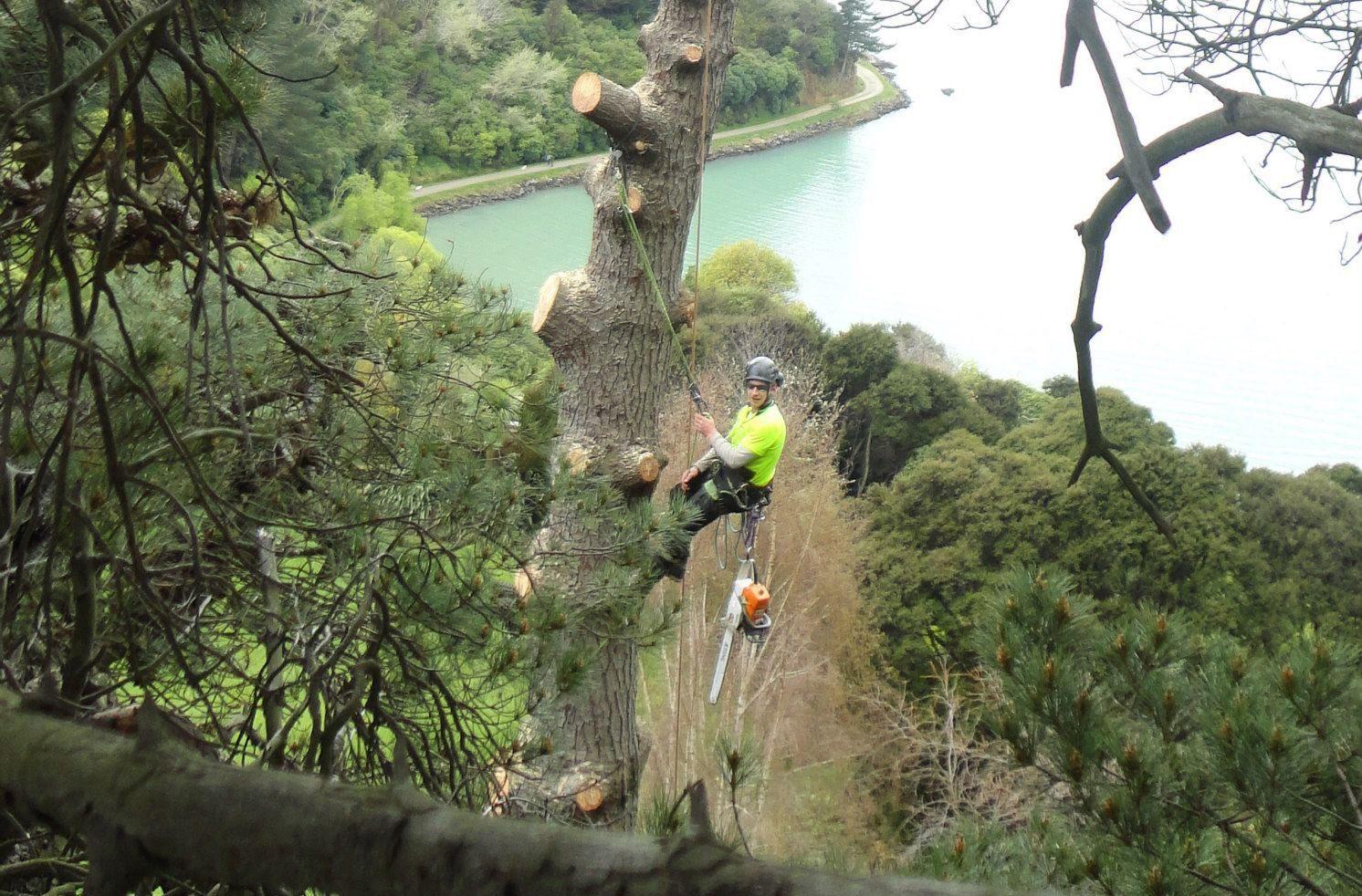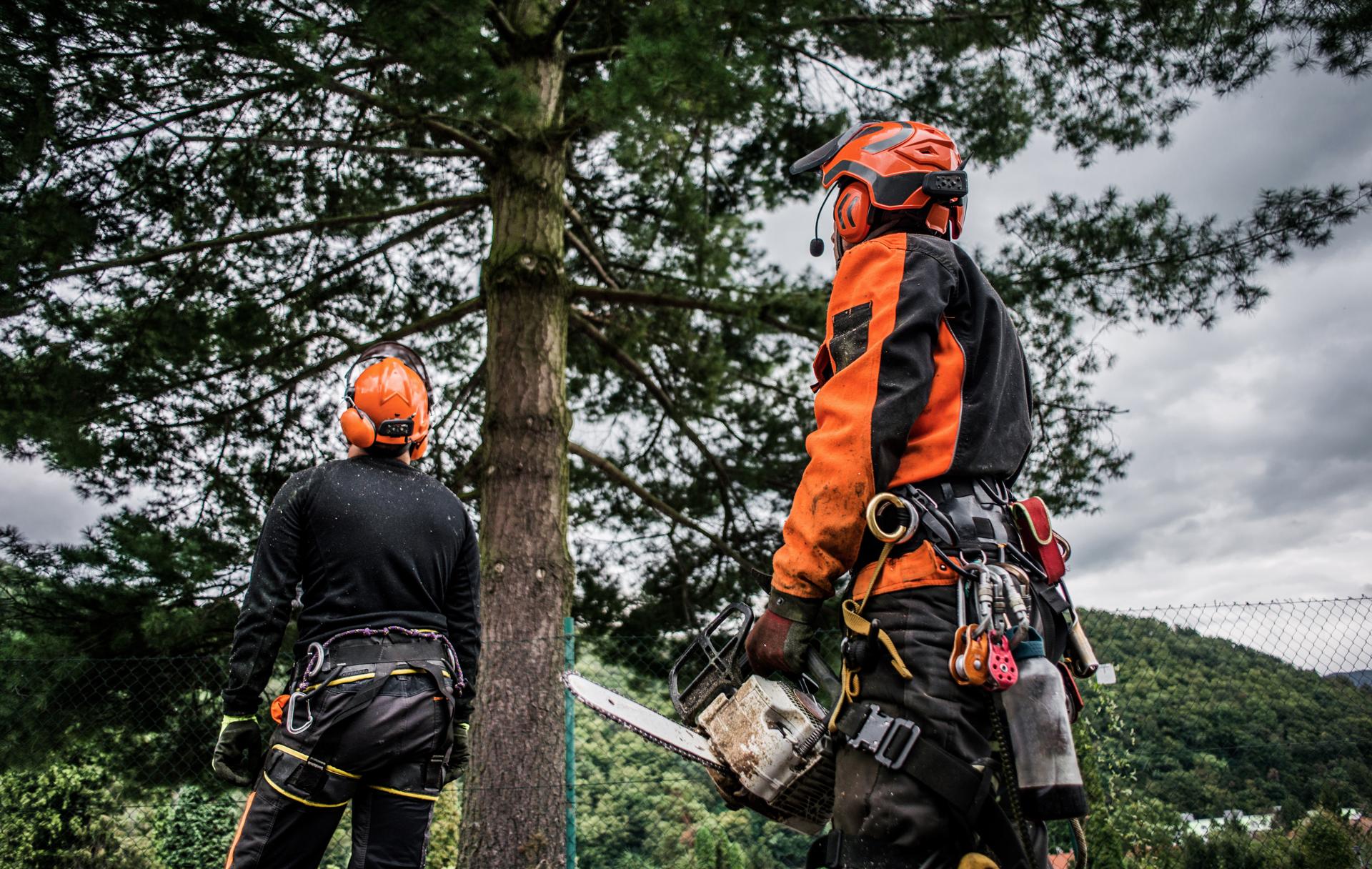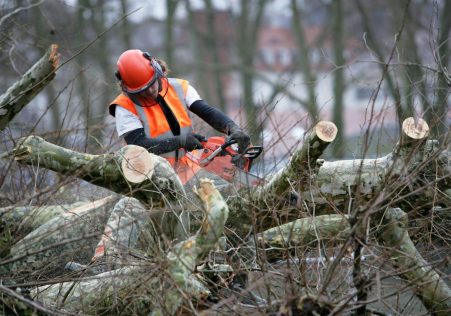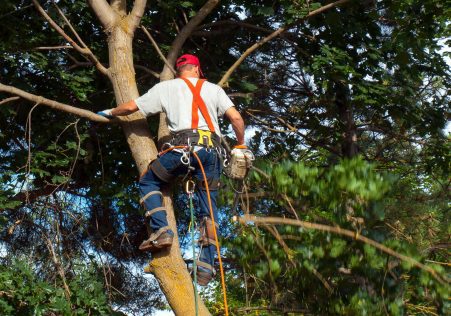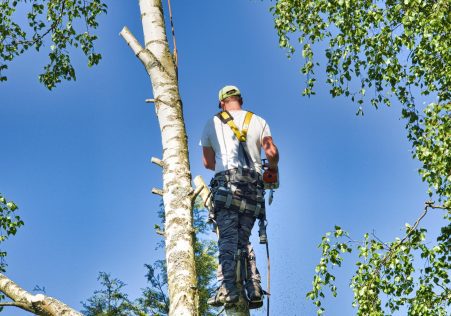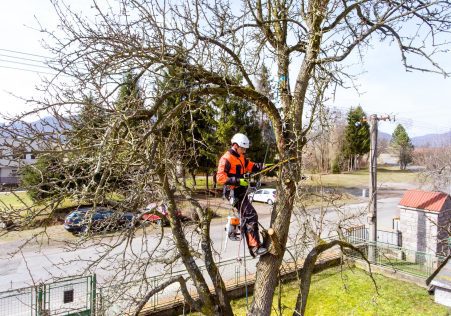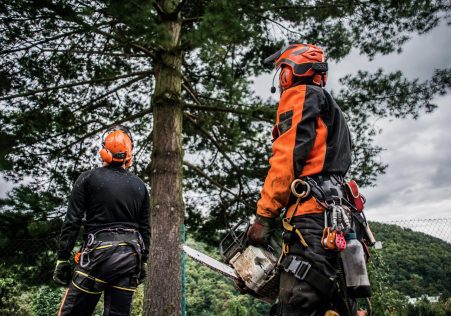The Life-Long Term of the Tree Roots After the Trees are Cut

Tree removal is a necessary task for many property owners, however, it’s not as simple as cutting the tree’s branches and leaving the root to decay. Understanding the longevity of the tree’s roots is essential for ensuring it is done correctly and safely. In this article, we’ll look at the time that roots last after a tree has been cut down and answer many of the frequently asked concerns about this subject.
How long do the tree’s roots last after cutting them down?
The life span of the tree’s roots after it has been cut down could differ greatly based on the type of the tree being cut down, size of the roots, and the environment conditions. It is generally safe to assume that tree roots continue to exist for many years after a tree is removed. The reason for this is that the roots are still capable of absorbing water and nutrients from the soil and absorbing nutrients from the soil, regardless of whether the tree is removed.
Factors that affect the longevity of Tree Roots
There are a variety of aspects that impact the life span of tree roots after a tree has been removed. These include the species of trees: Some species of trees contain roots that are durable and last longer than others. For example, oak tree roots have been known to live for several decades after the tree was taken down. Dimension of roots The more extensive the tree’s root system, the longer they will likely live after the tree has been taken down. The reason for this is that larger roots are able to absorb water and nutrients from the soil. Environmental conditions: The soil kind, temperature, and moisture levels in the area that it was cut will all impact the longevity that the root system. In the event that the soil has become dry and compacted the roots are likely to decompose more quickly. If the soil is moist and well-drained, it will be longer lasting for the roots.
What happens to the tree Roots Following the cutting?
If trees are cut down, the roots will gradually begin to decay. This process may take a few years, depending on the factors that were discussed earlier. During this time the roots slowly discharge nutrients to the soil, which is beneficial to other plants within the region. After the roots have completely gone through their decomposition, they will no longer be a danger to the surrounding landscapes or structures.
FAQs:
Can tree roots regrow after cutting them down?
Tree roots are not able to regenerate after a tree has been removed. After the roots have been removed, they slowly start to decay and cease to be capable of regrowing.
Can tree roots continue to grow after cutting down?
The roots of trees will not continue to grow after a tree has been taken down. But, they’ll be around for several years because they’re still capable of taking in nutrients and moisture from the soil.
Will tree roots continue to grow after the tree has been cut down?
No, tree roots will not continue to spread after the tree has been cut down. After the tree is taken down, the roots slowly begin to decay and will no longer pose a threat to the surrounding landscapes or structures.
Conclusion:
In conclusion, the duration of tree roots after the tree has been removed can be a lot depending on several factors. Knowing the duration the roots of trees will last is crucial for ensuring that the removal of trees is completed in a safe and secure manner. If you have trees that need removal, it’s always best to hire an expert The Hills Aborist arborist to carry the task. Our highly-trained and experienced arborists have the necessary equipment and expertise to safely and effectively remove trees and resolve any concerns about the longevity of the roots. Call us today by phone at 0480 024 267 to schedule a consultation and find out the details about our services for tree removal in The Hills Shire. Don’t put your home at risk or putting yourself at risk trying to remove a tree on your own. Let the professionals at The Hills Aborist handle all of the tree removal requirements.

